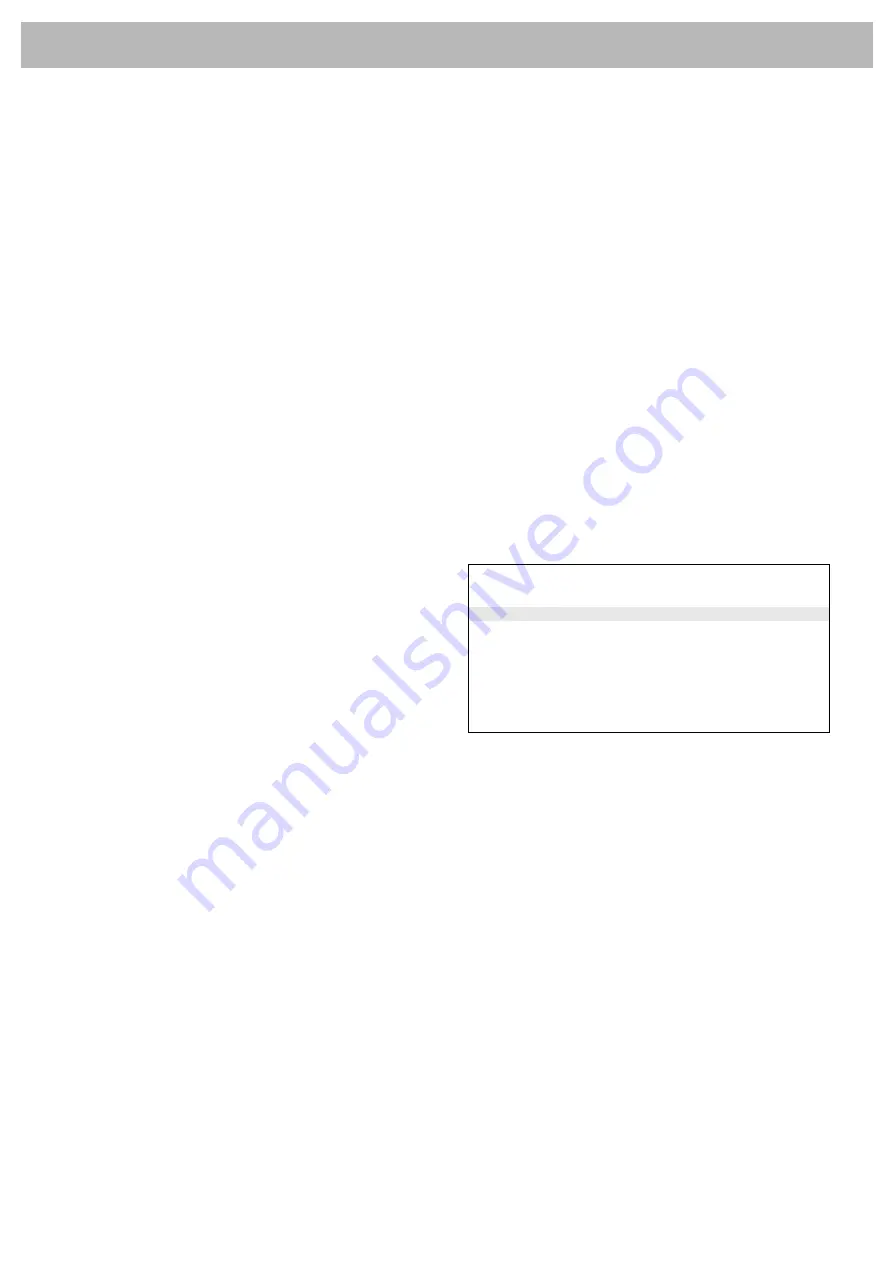
I N S T R U C T I O N S F O R H E AT I N G
9
Handling fuels
Selecting Wood/Fuel
You can use any type of wood as firewood, however, harder types,
such as beech, ash, are generally better for heating as they burn
more evenly and create less ash. Other wood types like maple, birch
and spruce are excellent alternatives.
Handling
Firewood is best if you fell the tree, and saw and split the wood,
before May 1st. Remember to cut the logs to match the size of your
wood-burning stove‘s combustion chamber. We recommend a dia-
meter of 6-10 cm. The length should be about 6 cm shorter than
that of the combustion chamber to leave enough space for air to
circulate. Firewood with a greater diameter needs splitting. Split
wood dries faster.
Storing
You need to store the sawn and split firewood in a dry place for 1-2
years before burning. Wood dries faster if you stack it in an airy place.
Before use, store the firewood for a few days at room temperature.
Note that wood absorbs moisture during the autumn and winter
seasons.
Moisture
To avoid environmental issues, and for optimum burning, wood
has to be perfectly dry to be suitable for use as firewood. The max.
residual moisture in the wood should not exceed 21%. A moisture
content of 15-18% yields best results. As an easy way of checking if
wood is dry, just knock two pieces of wood together. If the wood is
moist, the sound will be dull.
If you use damp wood, most of the heat it produces will be used to
evaporate the water. The temperature in the wood stove does not
rise, and the room is not sufficiently heated. Of course, this is not
economical, and it will cause soot build up on the glass pane, in the
stove, and in the chimney. Burning moist wood also causes pollution.
Understanding units for measuring wood
Various units of measurement are used for wood. Before you buy wood,
it makes sense to familiarise yourself with the terms. There are various
brochures, in public libraries for example, that cover this topic.
Use of the following as fuel is illegal
Painted, pressure impregnated, or glued wood, driftwood from the
sea. Never burn chipboard, plastics, or chemically treated paper.
These materials are dangerous to humans, to the environment, your
wood stove, and your chimney. To keep a long story short – make sure
you burn only quality firewood.
Firewood fuel value
The fuel value is different for different types of wood. In other words,
you need to use more wood of certain types to achieve the same hea-
ting performance. This Instruction Manual assumes that you will be
using beech, which has a very high fuel value, and is also a wood that
is easy to procure. If you use oak or beech wood fuel, note that these
wood types have a greater fuel value than, say, birch. Make sure you
use less fuel to avoid damage to the wood-burning stove.
Wood types
Kg Dry wood /m3
Compared to
beech
Hornbeam 640
110%
Beech/Oak 580
100%
Ash 570
98%
Maple 540
93%
Birch 510
88%
Pine 480
83%
Fir 390
67%
Poplar 380
65%
Using your stove in various weather conditions
Wind blowing on the chimney can have a great effect on how your
stove reacts in various wind conditions; you may need to adjust the
airflow to achieve good burning results. Fitting a damper in the
flue pipe may also help as it will give you the ability to regulate the
draught in changing wind conditions.
Fog can also have a great influence on how well a chimney draws;
you may again need to adjust the airflow settings to achieve good
burning results.
General Notes
Your wood stove is not designed for continual heating for periods
of over 24 hours.
Please note! Parts of the wood-burning stove, especially the outer
surfaces, become hot during use. Please exercise due care.
Never empty ashes into a flammable container. Ashes can contain
glowing embers long after you finish using your wood stove.
While the stove is not in use you can close the damper to avoid
drafts through the stove.
After longer breaks you should check the smoke outlet paths for
blockages before lighting.
Chimney fire
In the case of a chimney fire, keep the door and all dampers on the
wood-burning stove closed. If necessary, call the fire brigade.
















